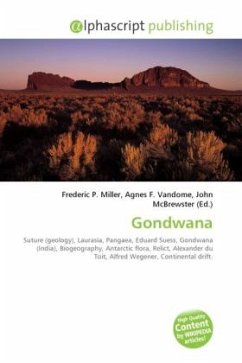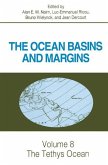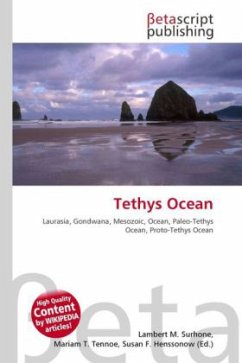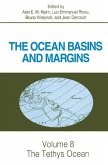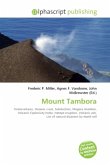Gondwana , originally Gondwanaland, is the name given to a southern precursor supercontinent. Its final suturing occurred between ca. 570and 510 million years ago (Ma), joining East Gondwana to West Gondwana. It later separated from Laurasia 180-200 million years ago during the breakup of the Pangaea supercontinent that existed about 500 to 200 Ma into two large segments, nearly equal in area.While the corresponding northern-hemisphere continent Laurasia moved further north, Gondwana drifted south. It included most of the landmasses in today's southern hemisphere, including Antarctica, South America, Africa, Madagascar, Australia-New Guinea, and New Zealand, as well as Arabia and the Indian subcontinent, which have now moved entirely into the Northern Hemisphere.The continent of Gondwana was named by Austrian scientist, Eduard Suess, after the Gondwana region of central northern India (from Sanskrit gondavana "forest of Gond"), from which the Gondwana sedimentary sequences (Permian-Triassic) are also described.The adjective "Gondwanan" is in common use in biogeography when referring to patterns of distribution of living organisms, typically when the organisms are restricted to two or more of the now-discontinuous regions that were once part of Gondwana; as the Antarctic flora (e.g., the Proteaceae, a family of plants that is known only from Chile, South Africa, and Australia are considered to have a "Gondwanan distribution". This pattern is often considered to indicate an archaic, or relict lineage).
Bitte wählen Sie Ihr Anliegen aus.
Rechnungen
Retourenschein anfordern
Bestellstatus
Storno

